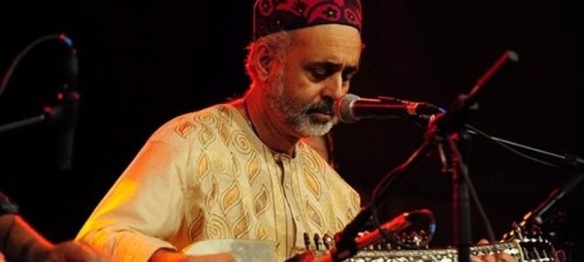
The region known in ancient times as Khorasan bequeathed a rich and diverse cultural heritage to human civilisation. Like all long-lived cultures, Khorasan’s geography expanded and constricted like a huge lung breathing art, beauty and elevated thought, spread across much of what today we call Iran, Turkmenistan, Uzbekistan, Tajikistan and Afghanistan. So huge was its presence and vast its territory that Babur, the first Mughal, proclaimed, “The people of Hindustan call every country beyond their own Khorasan”.
Among the roll call of illustrious Khorasanis is an “A List” of poets, mystics, theologians and scientists: Rumi, Rudaki, Ibn Sina (Avicenna), Omar Khayyam, al Biruni, Abu Hanifa and al Ghazali being just the more renowned. The contributions of these great souls to the understanding of astronomy, physics, literature, medicine, Islamic philosophy and mathematics, in many cases, formed the “standard texts” until relatively recent times.
Sometime around the 7th century CE, Persian texts including the writings of Sufis began to mention a musical instrument they called rubab. Its inventor and exact place of birth is not recorded, but given its undeniably Khorasani origin, I like to imagine the rubab was played for the first time in northern Afghanistan around Balkh. Others claim it was invented in Ghazni. Whatever the truth, the rubab is now the beloved national instrument of Afghanistan. [Full article appearing in Scroll.in]

Reblogged this on Harmonium and commented:
Sunday Sounds from beyond the Hindu Kush
LikeLike
Great Post
LikeLike
Thank you Mukul
LikeLiked by 1 person
welcome
LikeLike